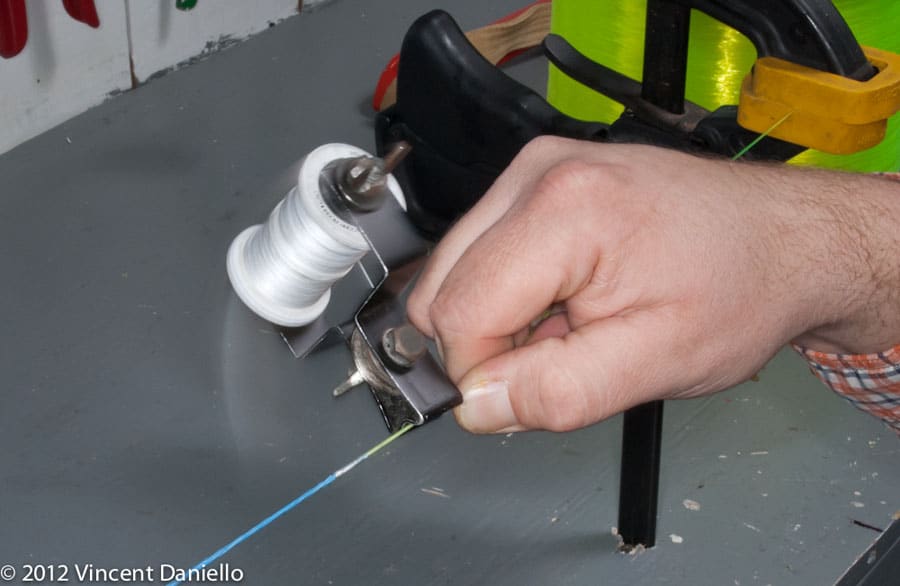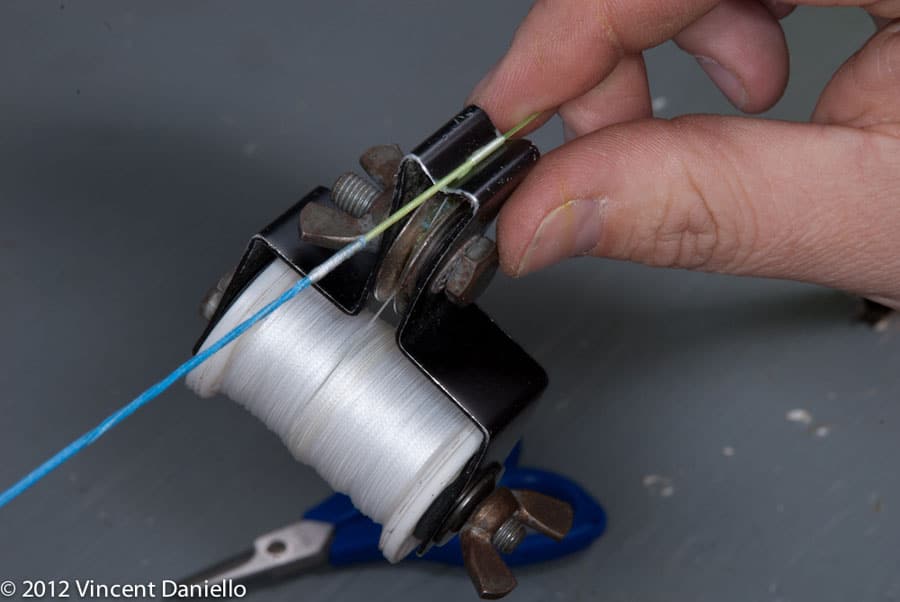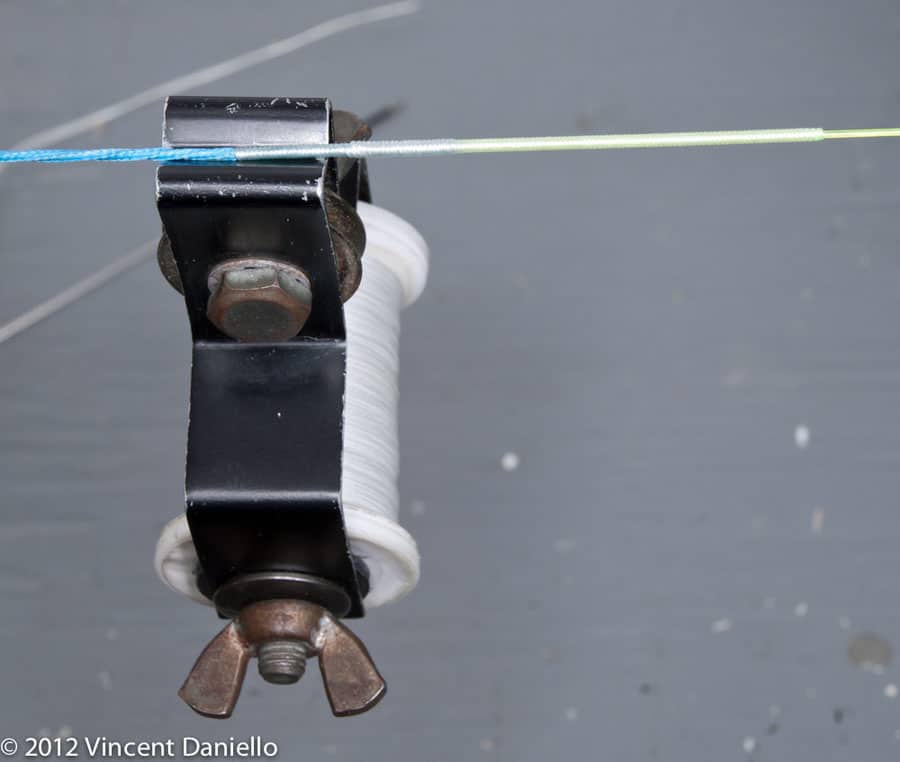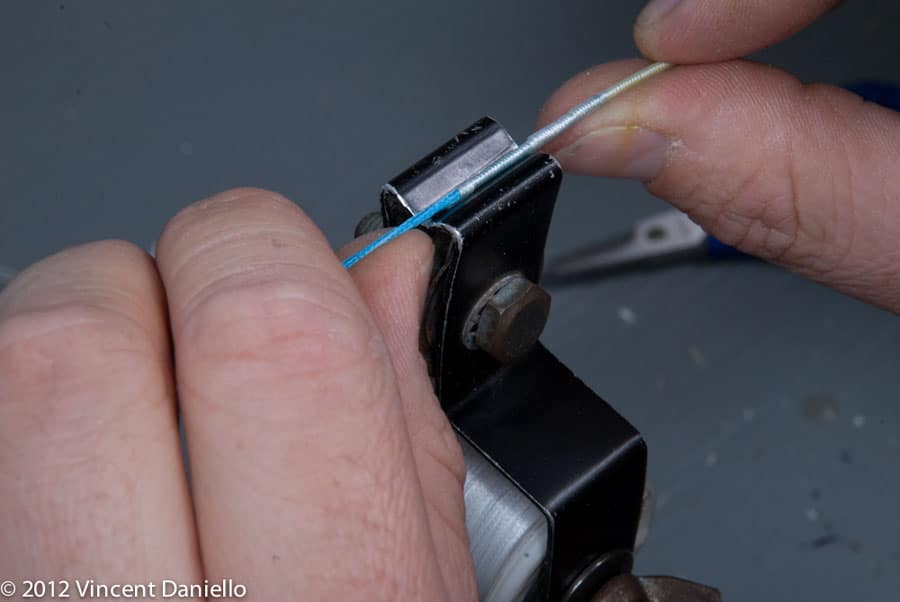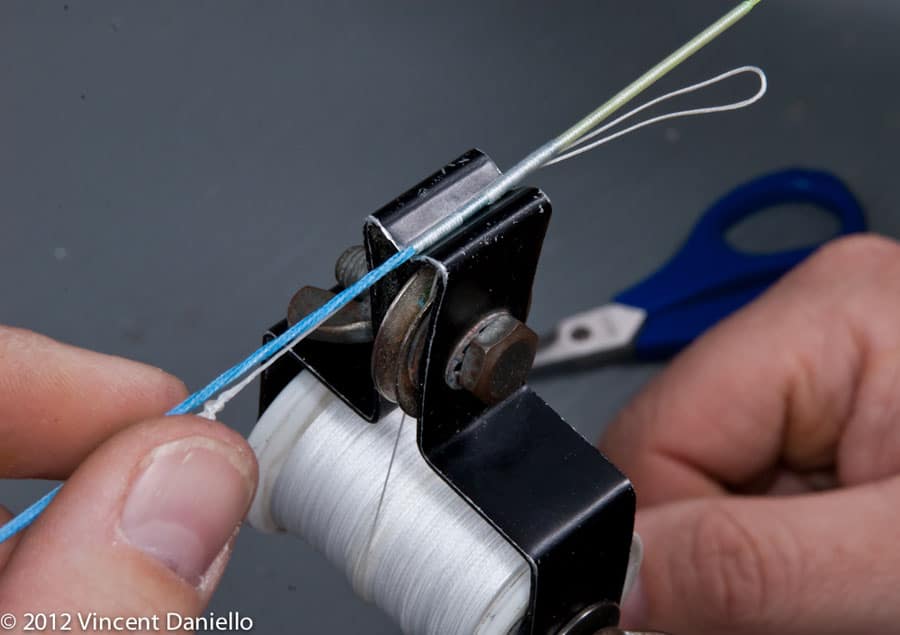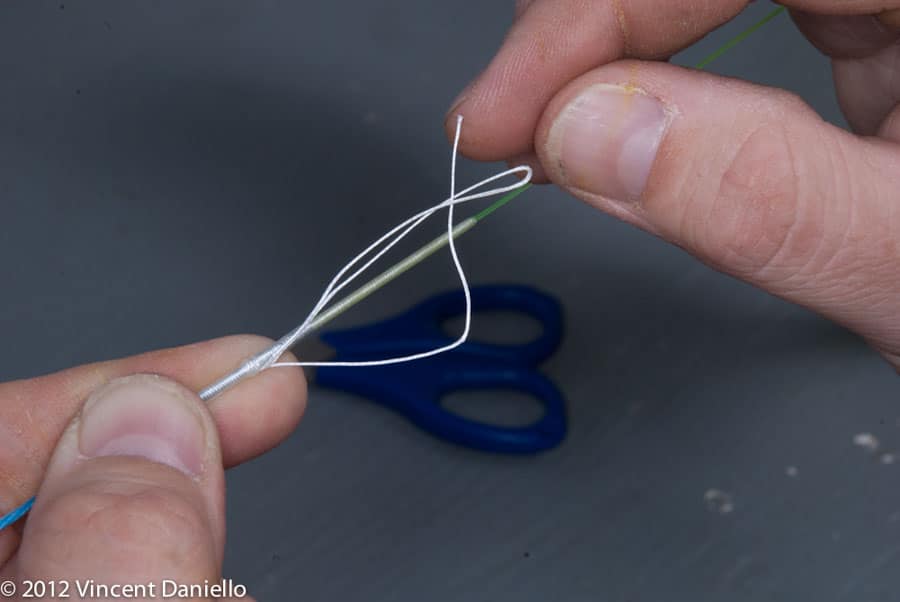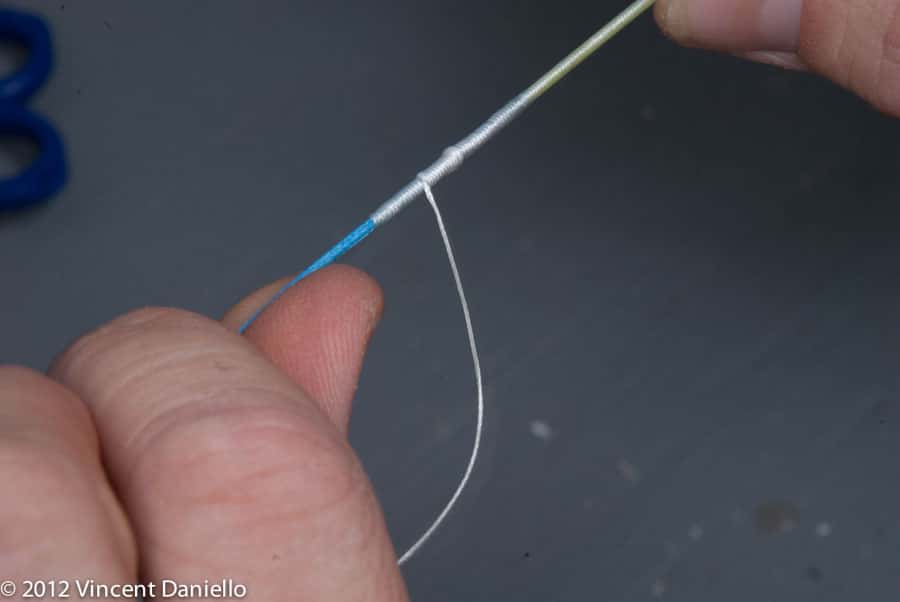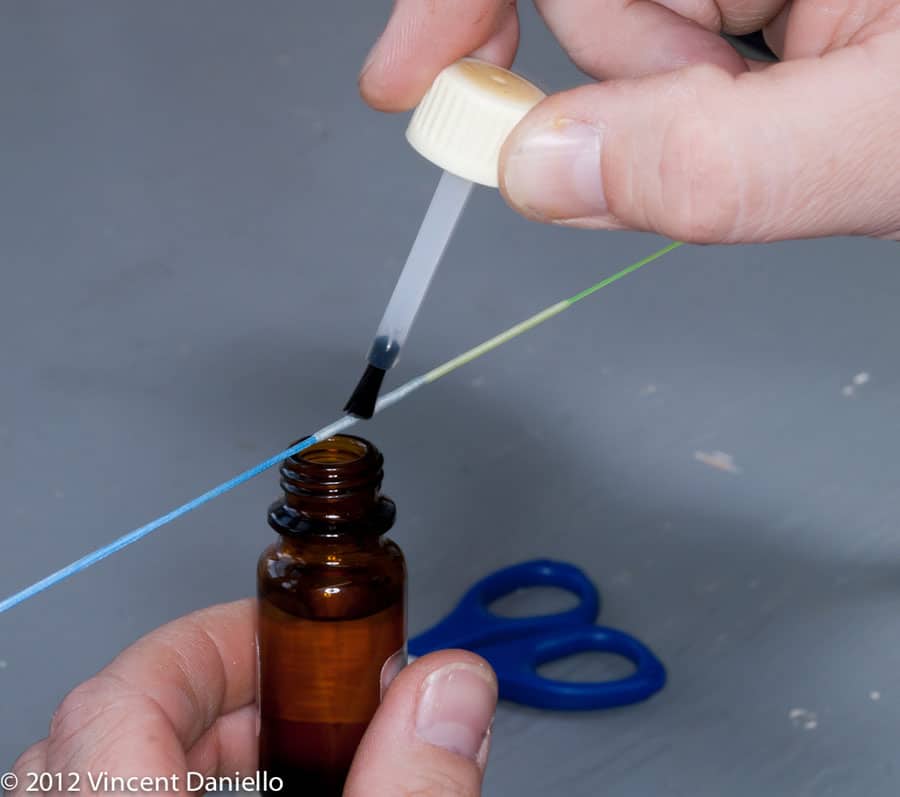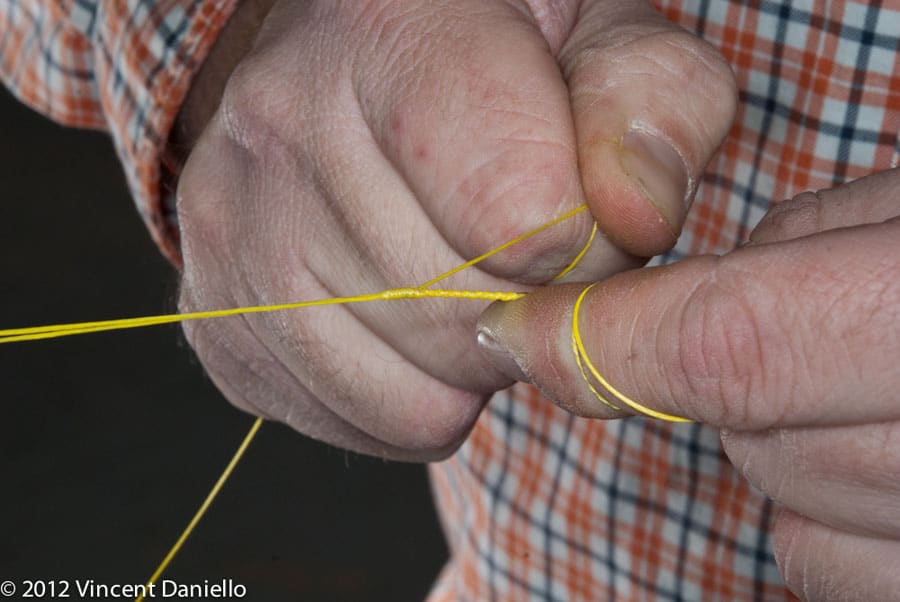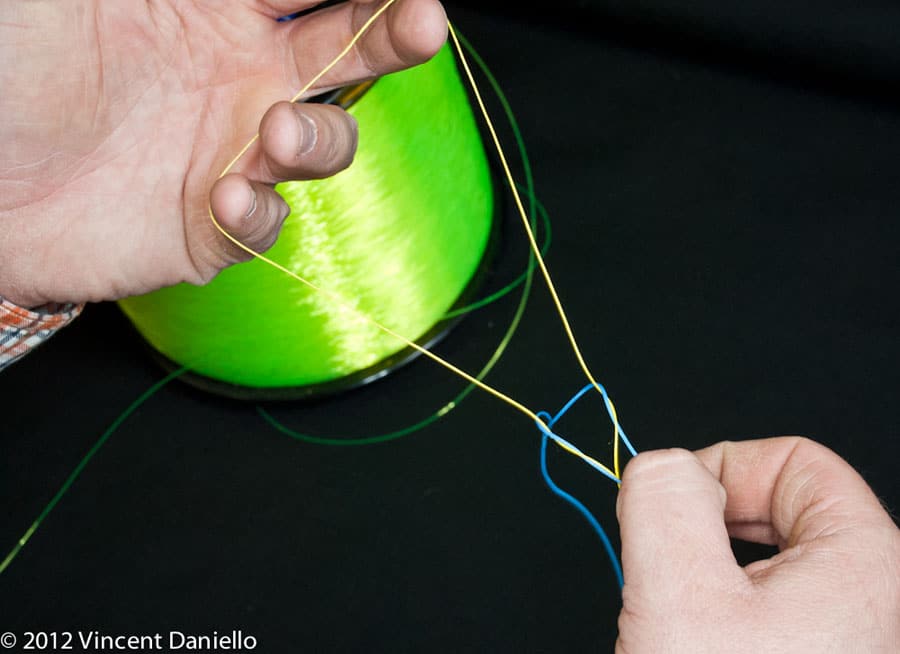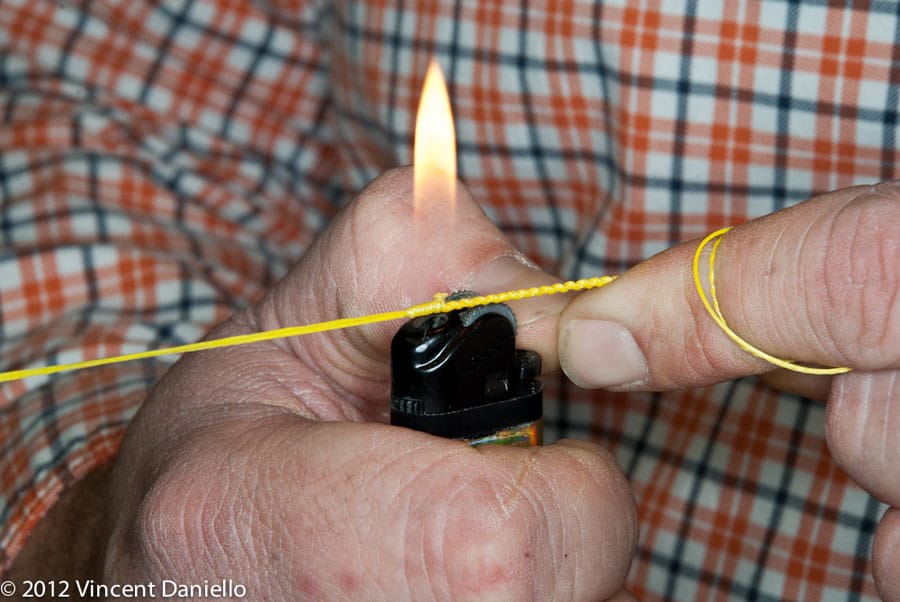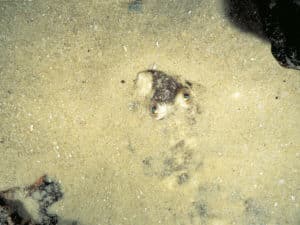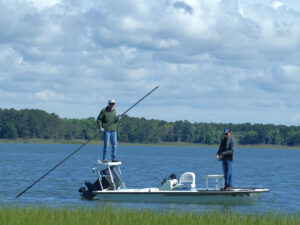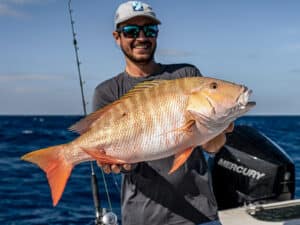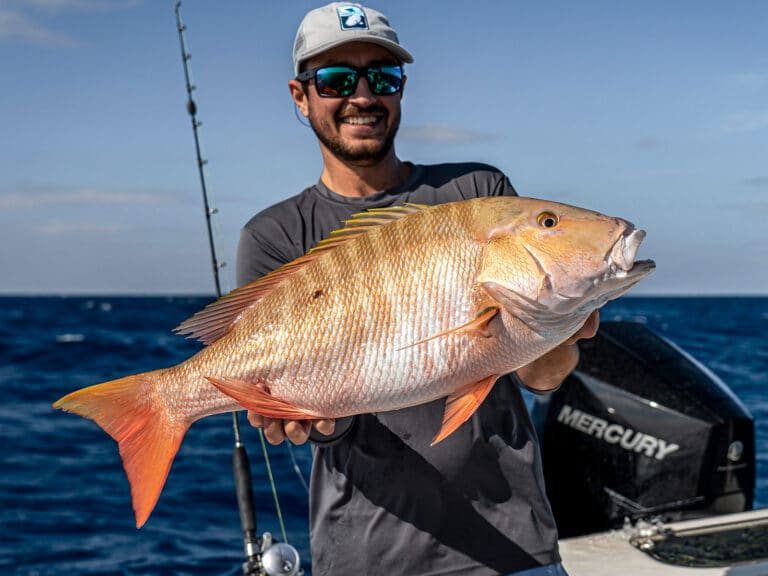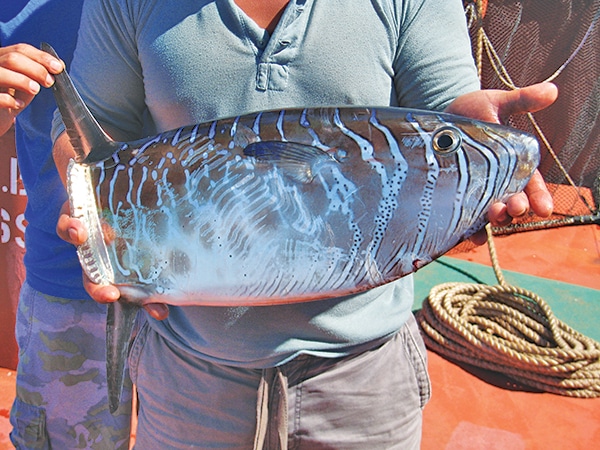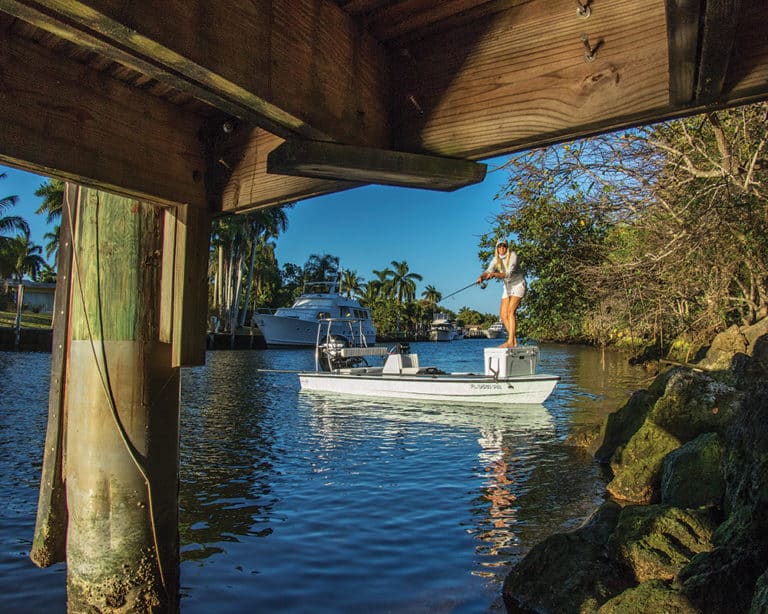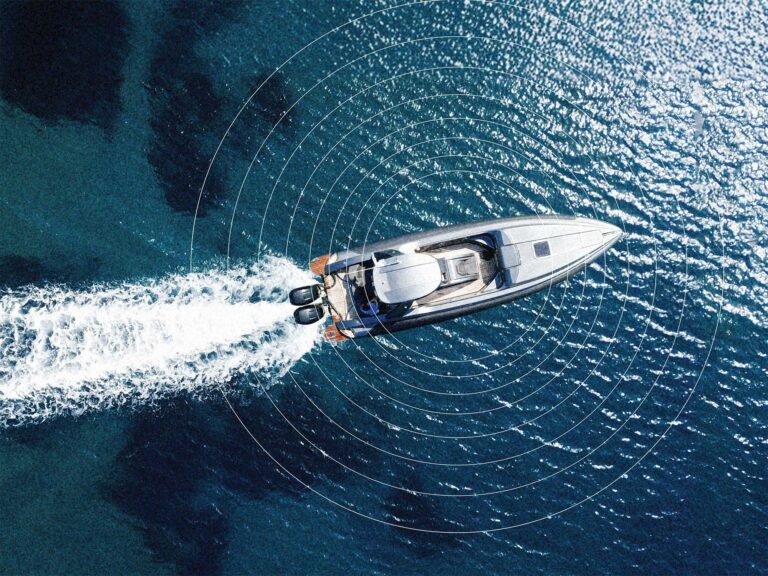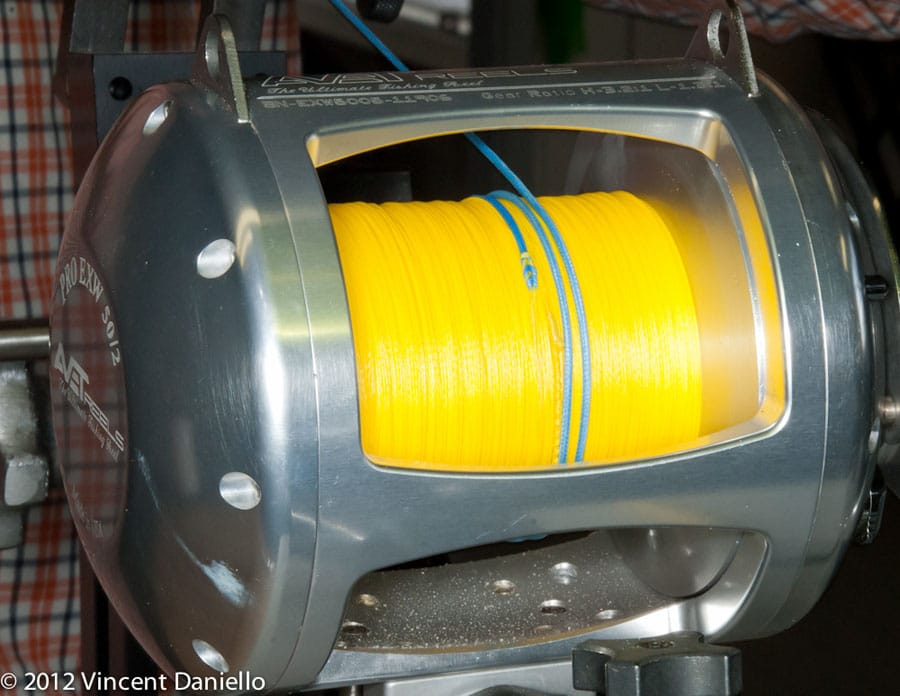
Ultrahigh molecular-weight polyethylene — the generic name for both Honeywell Spectra and DSM Dyneema fiber — has been used to make thin, strong fishing line for two decades. “Braid gives you greater capacity, more strength, better longevity and increases versatility,” says Bryce Poyer, owner of White Water Outfitters on eastern Long Island, New York. “If you change monofilament like you should, braid backing saves money over time.” Here is how Poyer connects a mono top shot to braid backing much like a wind-on leader.
Start with about 6 feet of hollow-core braid not quite double the working strength of the monofilament. Poyer chose 100-pound Spectra braid for 60-pound mono. He says 80-pound braid would have been to thin to conveniently splice, and anything over 130-pound braid might be too loose.
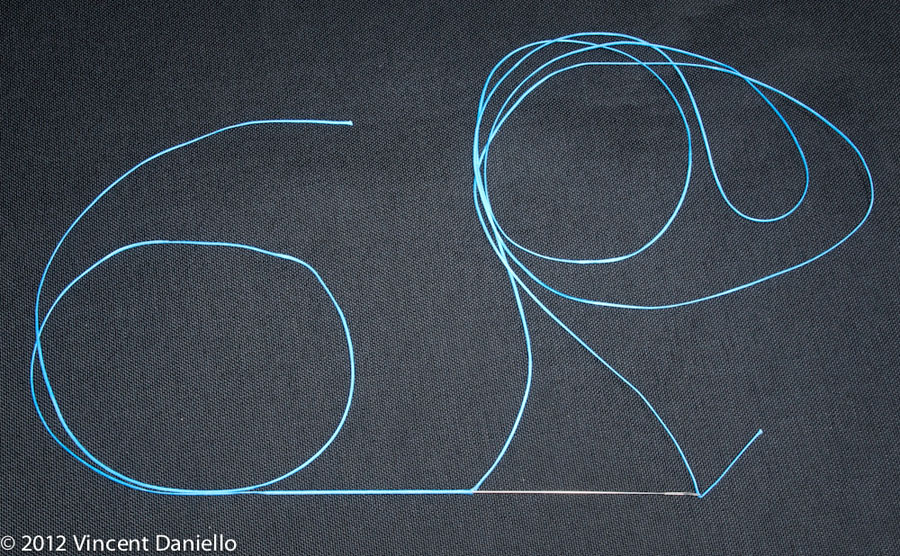
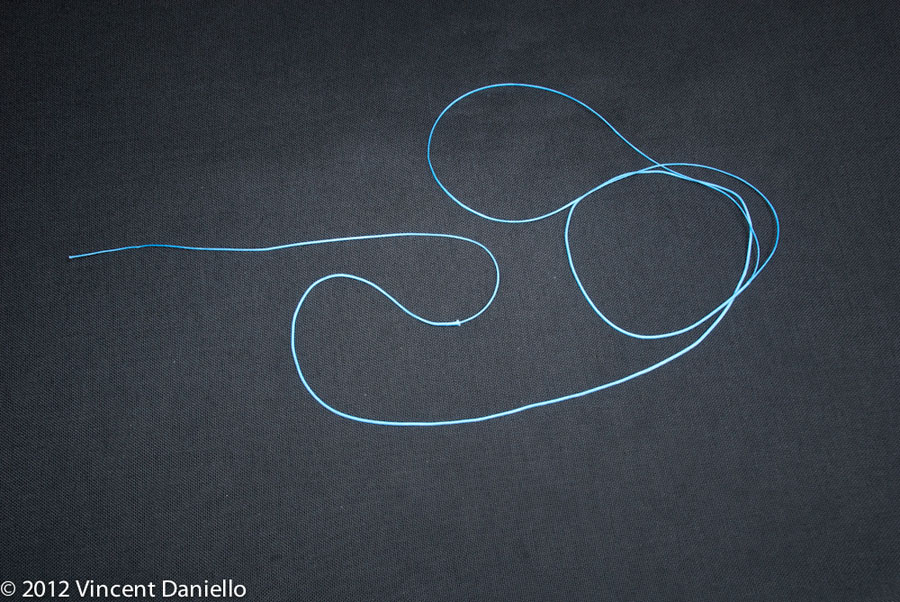
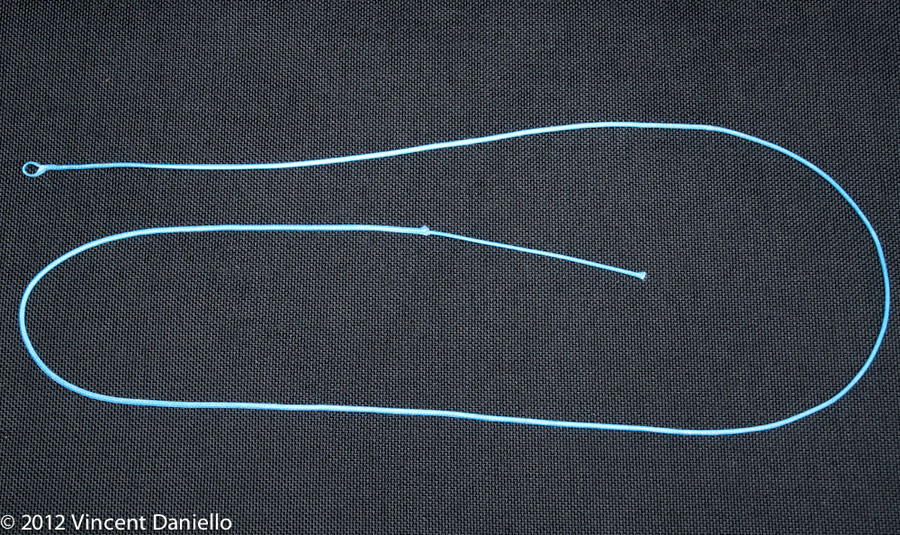
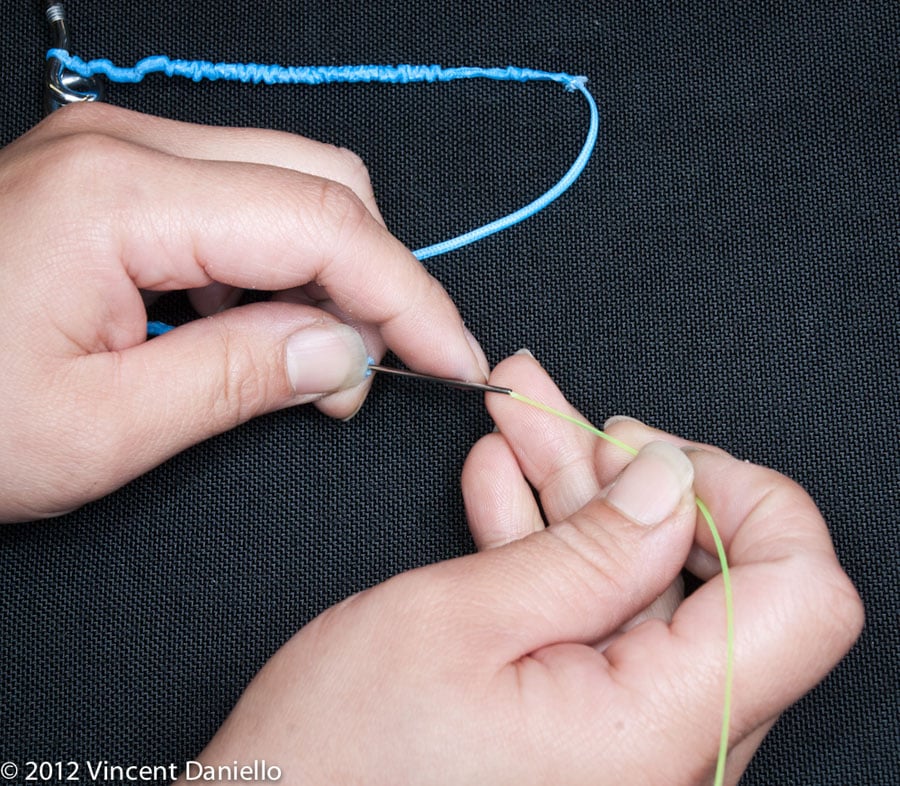
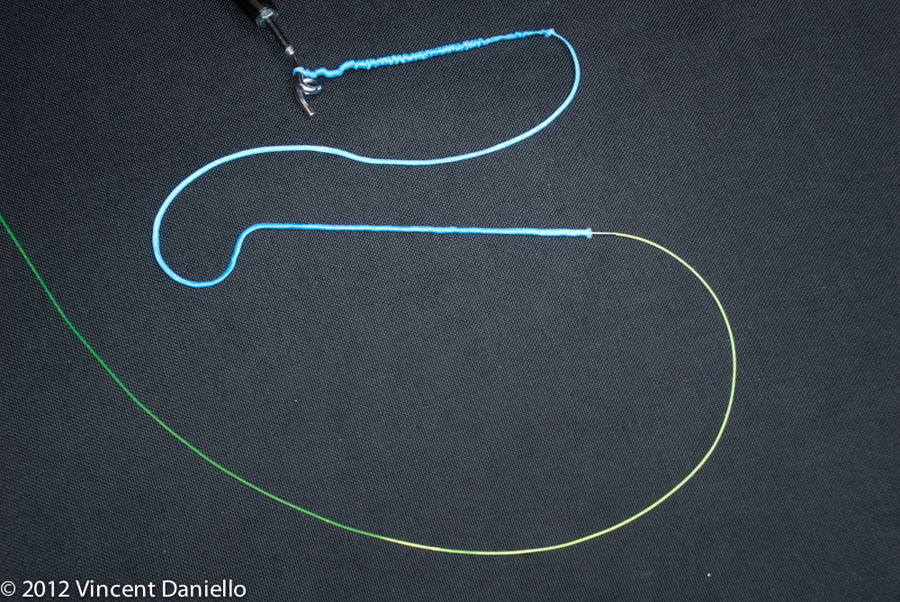
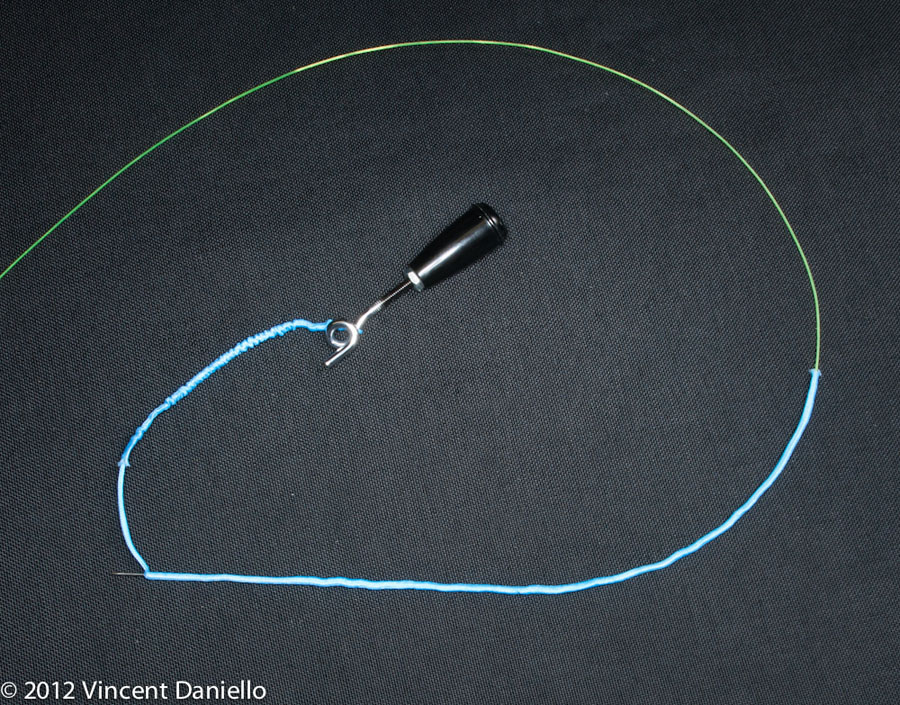
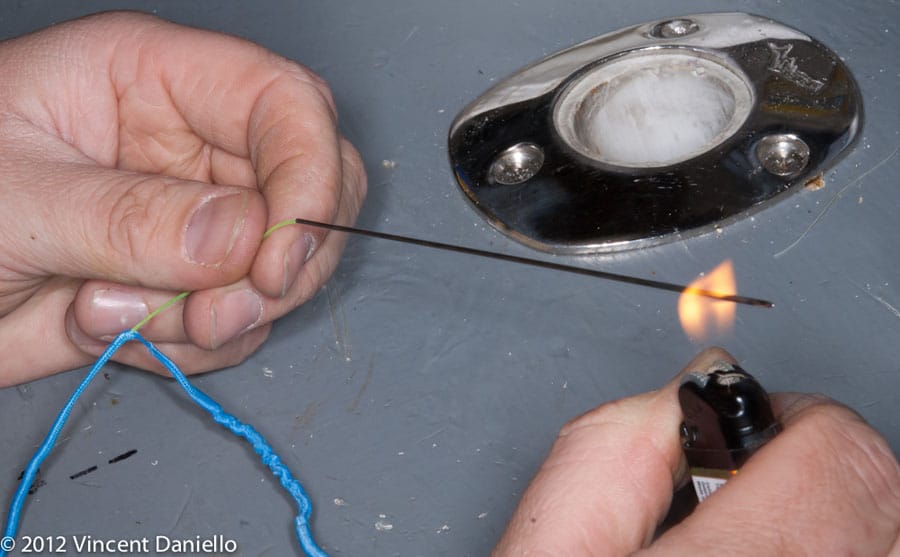
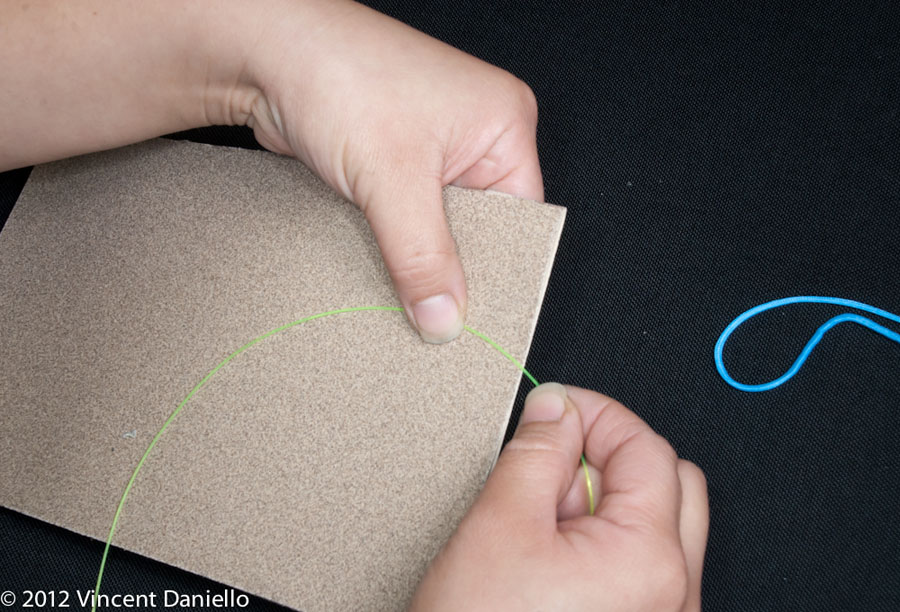
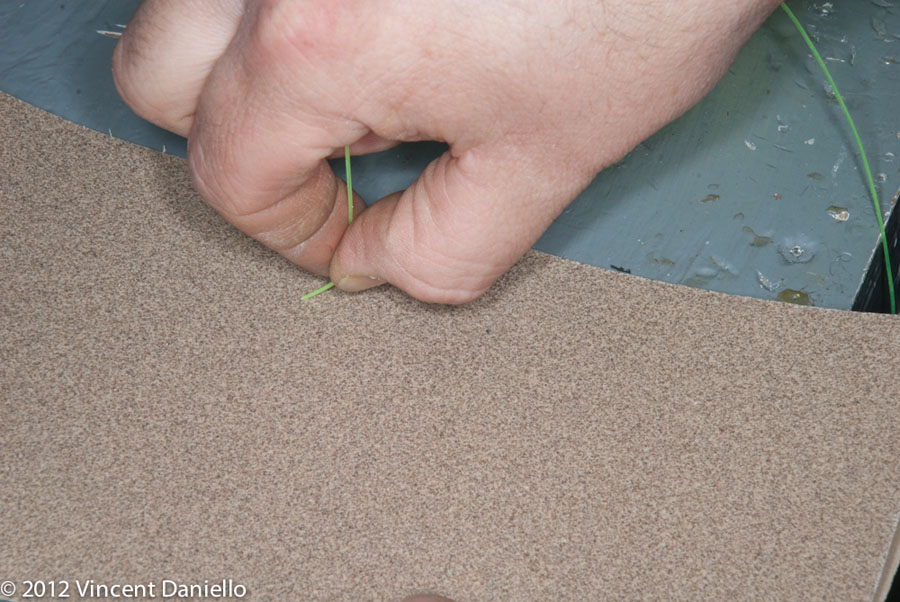
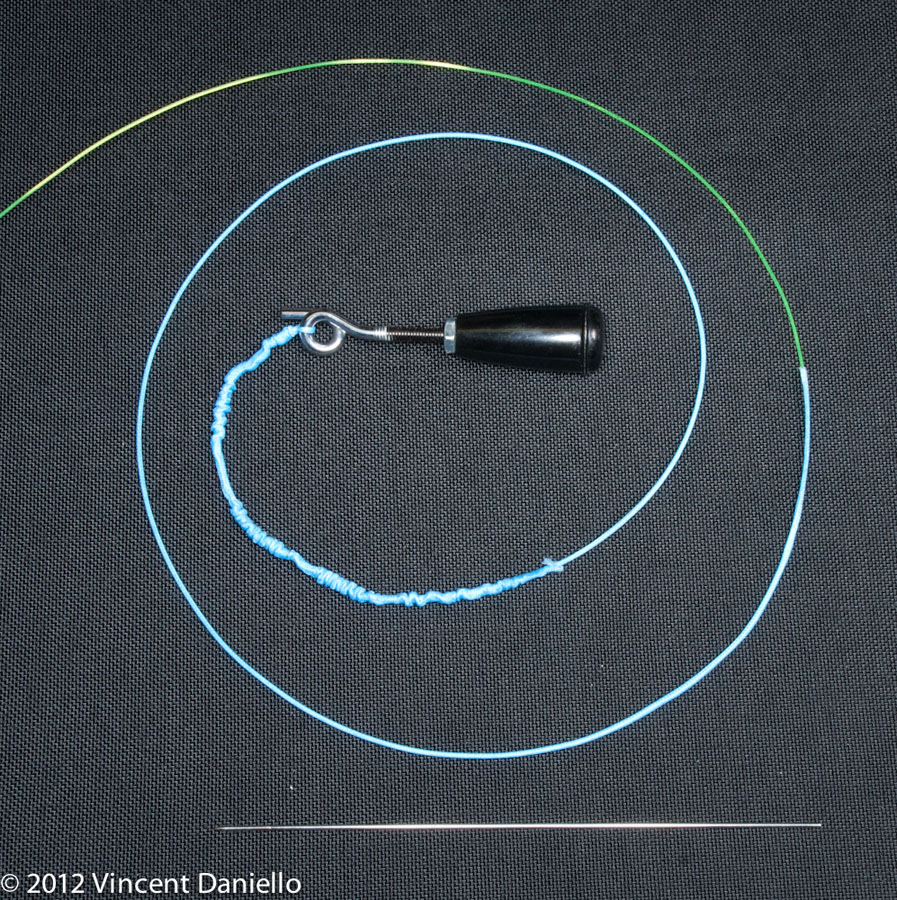
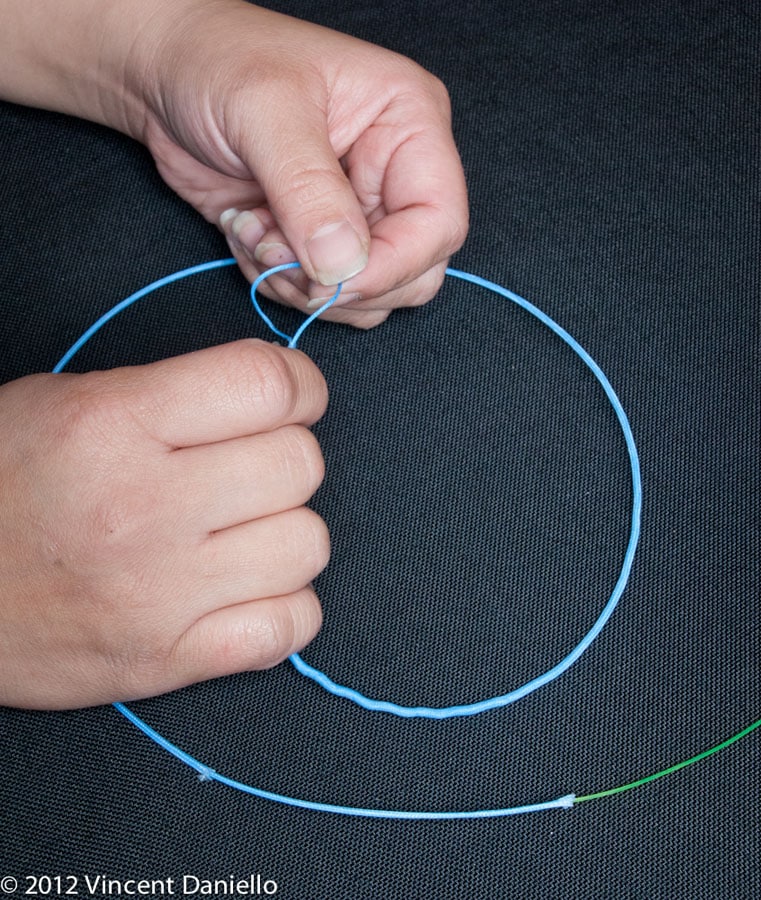
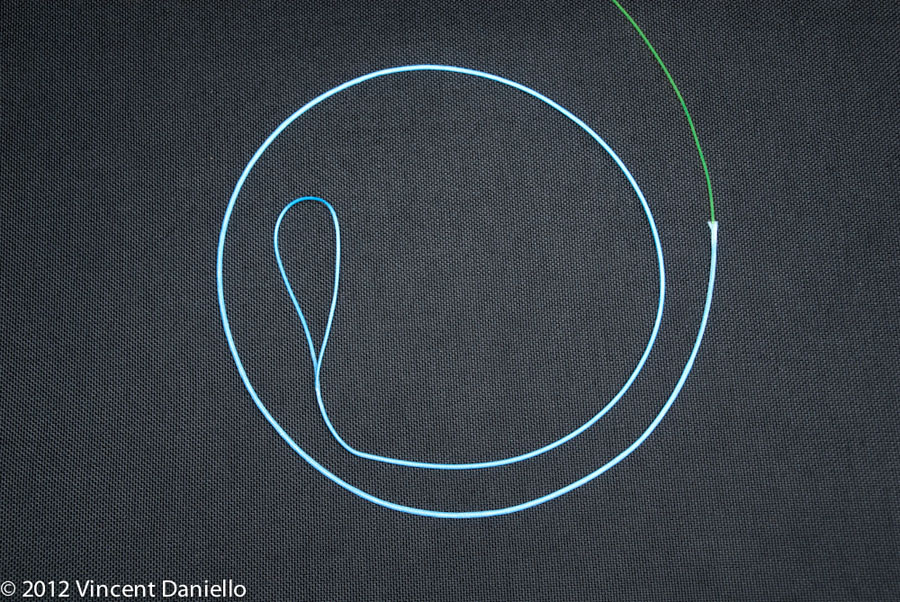
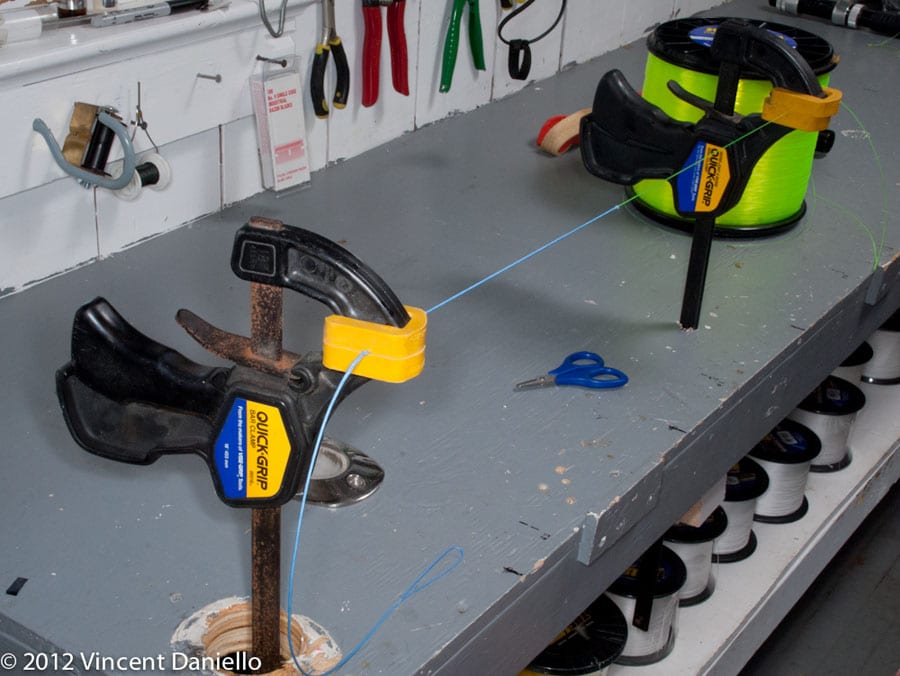
Poyer serves with braid slightly heavier than the maximum drag he expects that top shot to be subjected to — In this case, since the top shot is 60-pound test mono, he assumes it won’t see more than 30 pounds of drag, so he serves with 40-pound spectra braid.
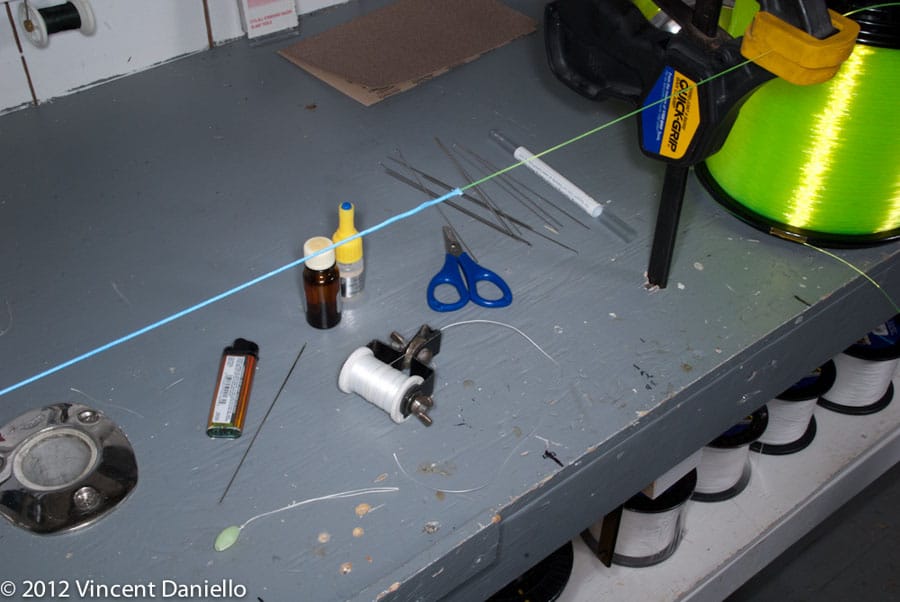
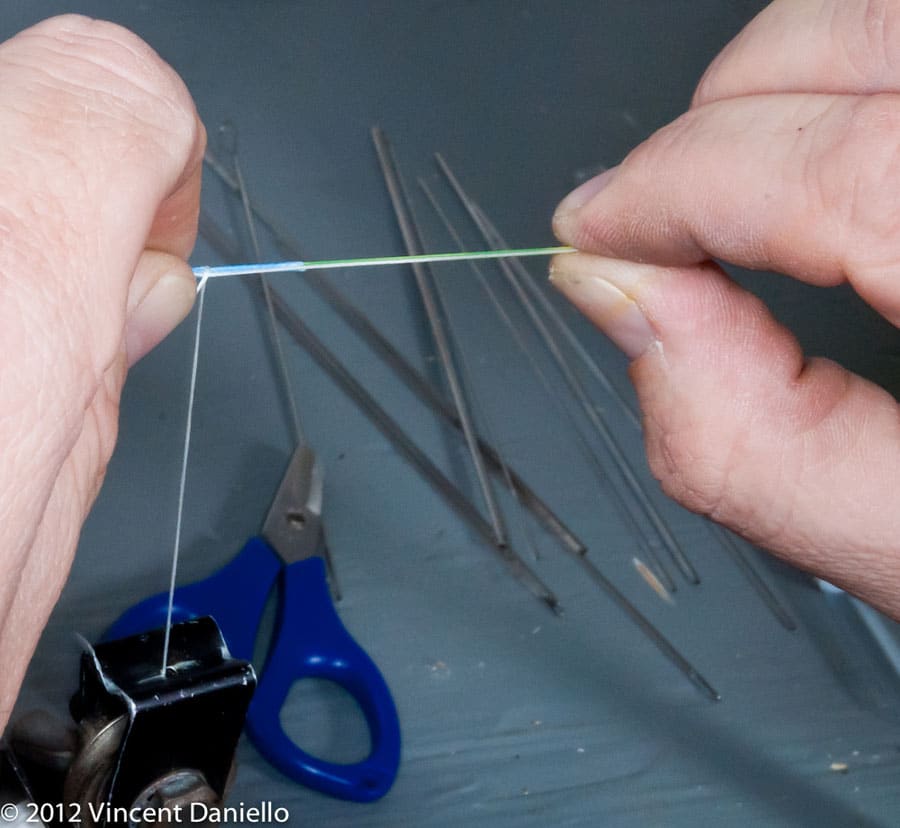
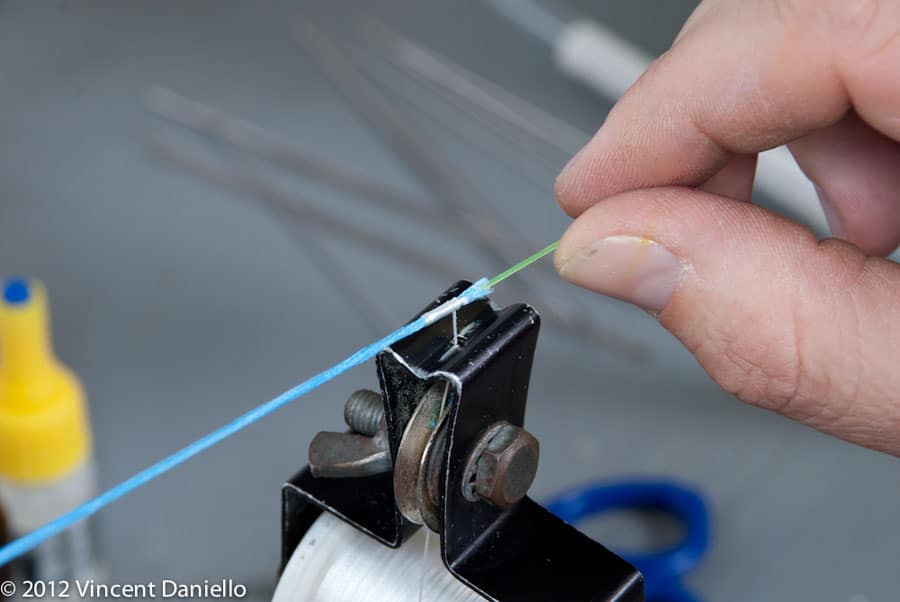
Poyer’s serving tool sells for about $15 at bow-hunting outlets.
